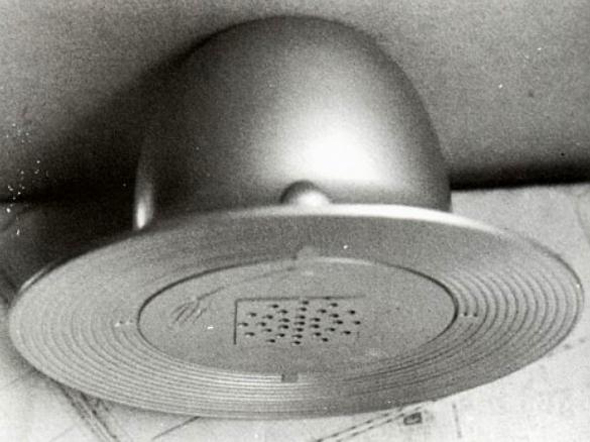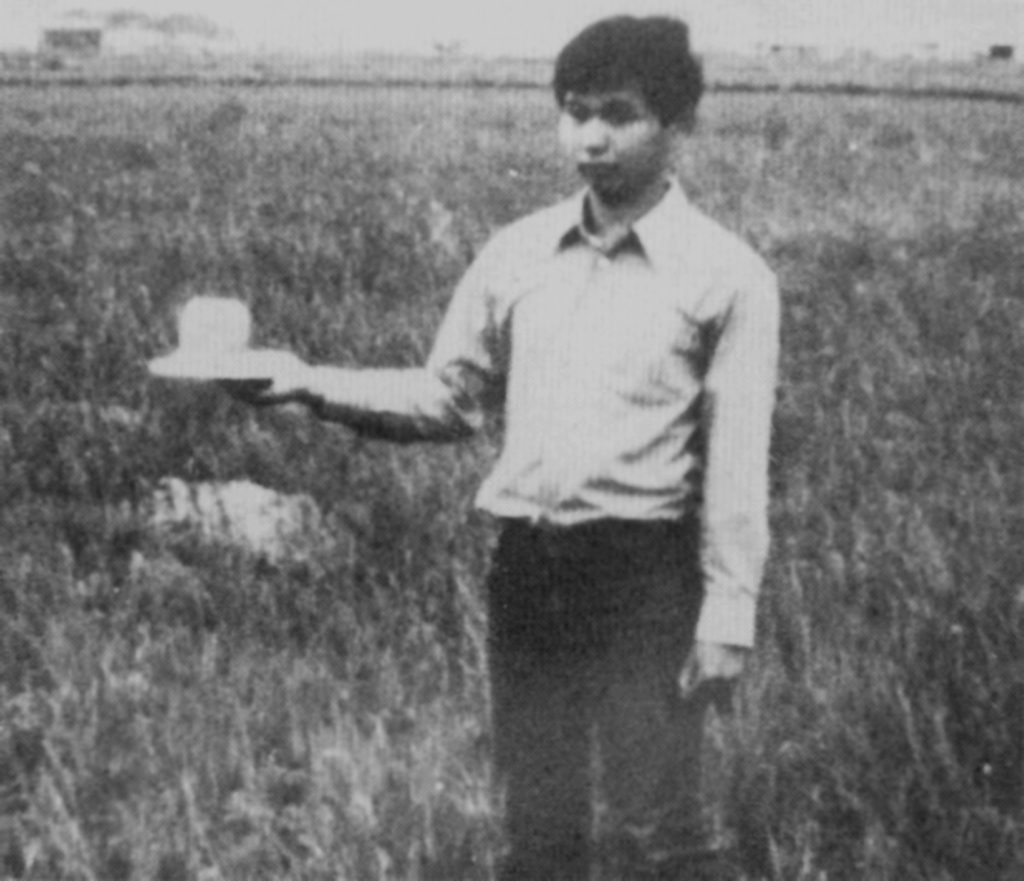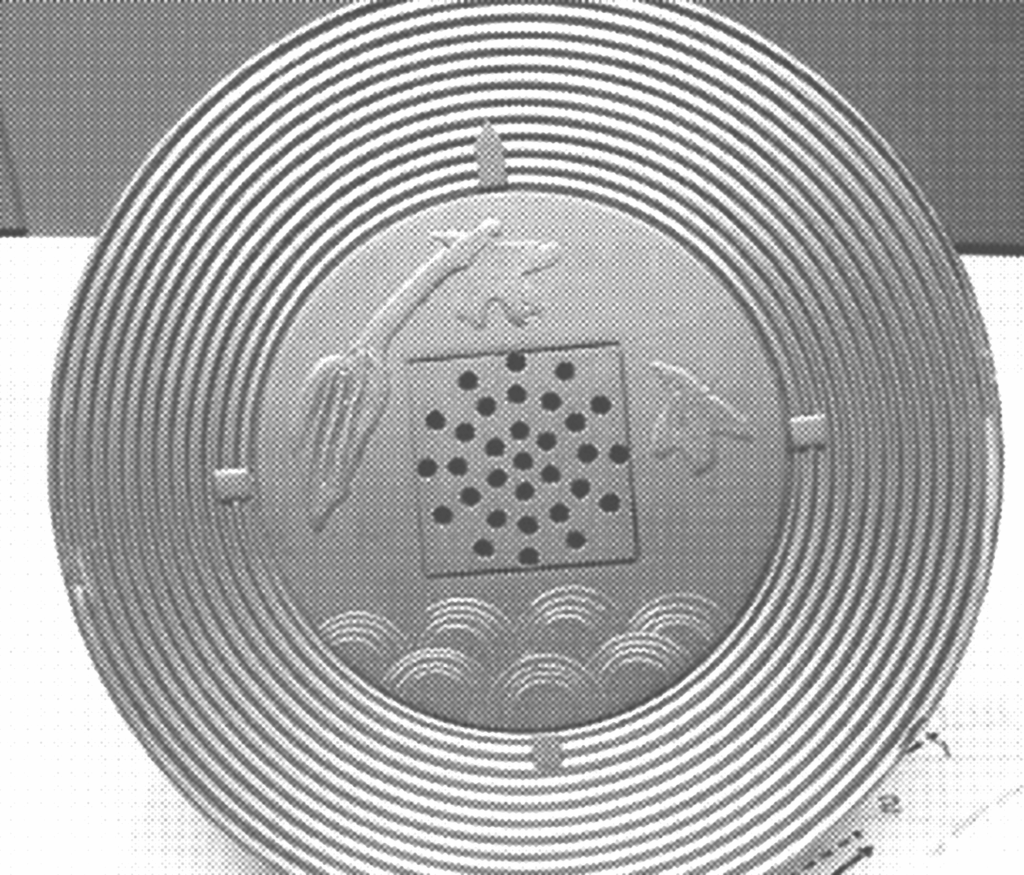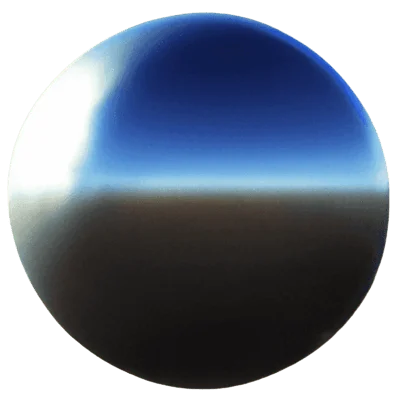Kera UFO Incident (1972)
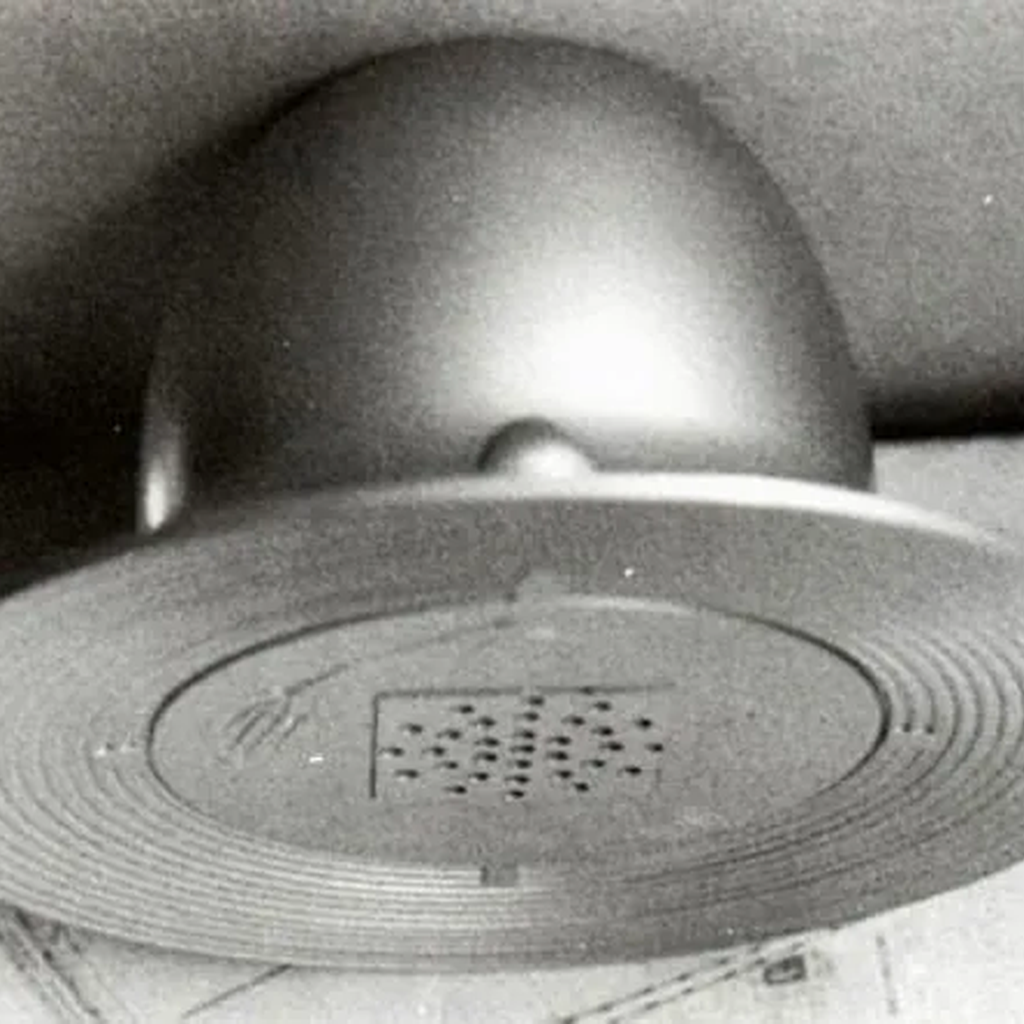
In the late summer of 1972, in what would come to be known as the Kera UFO Incident — named after the quiet rural district of Kera in Kōchi City where the events unfolded — a group of junior high school students in Kera, a quiet district on the edge of Kōchi City, Japan, encountered something no one could explain. This wasn’t just a UFO sighting from afar — it was a full-on capture. A group of five boys chased, caught, examined, and even photographed a miniature flying saucer over the course of several days. Then it kept escaping. Disappearing from sealed containers. Reacting to water. Lighting up. Buzzing. Showing circuitry inside. All of this happened before smartphones, the internet, or any social media clout. Over 30 years later, the boys were re-interviewed as grown men. Their story had not changed.
It began on August 25, 1972, when 13-year-old Michio Seo saw a strange flying object above the rice fields in Kera near the Yokohori Housing Complex. It darted in sharp, erratic patterns, glowing in the night sky, moving like a bat chasing insects. He returned later that evening with four friends: Hiroshi Mori, Yasuo Fujimoto, Toshiaki, and either Keikou or Kiyomitsu. Around 8:00 p.m., they observed the object again, now pulsating with silver or multicolored light. When one boy approached, it emitted a loud pop and glowed blue, sending them running.
Over the next two weeks, they encountered it multiple times. On September 4, it hovered low, just about a meter above the ground, glowing blue and yellow as it moved slowly toward them. On September 6, they found it resting on the ground as if it had crash-landed. They photographed it before Hiroshi Mori, then 14, picked it up. The object weighed between 1.3 and 1.5 kilograms (roughly 3.0 to 3.3 pounds), stood approximately 7 cm tall, with a diameter of 15 to 18.2 cm at the brim and a narrower top measuring about 6.5 cm. It had a smooth, cold surface that felt like cast iron sprayed with silver paint and made a distinct rattling noise when shaken, suggesting internal components.
Etched into its base were unusual patterns — a bird in flight, a series of wave-like lines, and another shape resembling a smaller flying object. At least one of the wave designs closely resembles the traditional Japanese “seigaiha” motif, an intricate and culturally significant pattern not easily replicated. The carvings demonstrated a mix of precision and irregularity that has led some to doubt a handmade origin. It had multiple tiny holes or vents arranged with apparent purpose, and despite its appearance, it was undamaged by any attempts to strike it. A parent even hit it with a paperweight and described the sound as metallic, like brass, but lighter than iron.
They placed it in a plastic bag inside a backpack, but it vanished. Over the following two weeks, the boys recaptured it multiple times in the same general area, including near the Kera River. Every time, it disappeared again, often from sealed containers, giving the impression that it could teleport. These repeated escapes occurred even when they tied bags shut or stored it inside nested packages.
They performed several experiments. According to a Japanese TV documentary that aired in 1974, amateur astronomer Koichi Ikeya rushed to investigate the scene shortly after the initial sightings and became convinced of its authenticity. He documented that the boys sketched the object, attempted to measure and weigh it, and even pounded it with heavy objects to see if it would break. They believed it was vulnerable to water because it never appeared on rainy days, so they poured water into its vents. This triggered loud cicada-like buzzing and a bright internal glow, briefly illuminating what looked like circuitry or a grid of mechanical parts. Suspending it with wire revealed a slight gap between the top and bottom halves, suggesting it was composed of interlocking sections. Attempts to damage it — with hammers, paperweights, or rough handling — failed completely.
On September 22, the object vanished one final time while Hiroshi was biking with it in a sealed container. He felt a sudden tug, stopped to check, and found the object gone without any tear or opening in the packaging. It was never seen again.
Other witnesses came forward. Hiroshi’s mother, Kiyoko Fujiwara, reportedly saw a glowing, hat-shaped object one evening in October hovering near the house before it silently floated away toward Mount Kofuji. In a remarkable parallel, a 9-year-old girl named Sachiko Oyama in Agawa encountered a similar hat-shaped glowing object on June 6, 1976. It landed at her feet, left a strange sticky substance on her fingers, glowed yellow, spun three times counterclockwise, and shot straight into the sky. She maintained the same story more than thirty years later.
The boys made detailed sketches, noting measurements and distinctive features. Their drawings were used by JSPS to create a precise replica for investigative purposes. Although only one original photograph is confirmed to survive, others were reportedly taken and may remain in private collections.
The incident received wide media attention in Japan. It was covered by national radio host Junichi Yaoi, featured in Nippon TV’s Mokuyou Special in 1974, and discussed in publications such as “Kera-Cho no Soratobu Enban” by Shusaku Endo (1976) and “Zenkoku UFO Mokugeki Tahatsu Chitai” by Junichi Yaoi (1978). A 2004 comic strip in a UFO magazine brought renewed public attention to the case.
In 2007, the Japan Space Phenomena Society, led by Shinichiro Namiki and investigators Kazuo Hayashi and Mulder Ryoma, reopened the investigation. They tracked down the original witnesses, now adults, and conducted a new round of interviews. The accounts remained detailed and consistent, matching the drawings and descriptions from the 1970s. Hayashi concluded that the witnesses were sincere and that the case warranted serious consideration. As part of the renewed investigation, JSPS researchers even retraced the scene by bicycle, confirming the consistency of the geography with the boys’ original reports.
He proposed that the object might have been an interdimensional probe — a surveillance mechanism that temporarily crossed into our physical world. This hypothesis could account for its bizarre behavior: appearing repeatedly in the same place, reacting to water, emitting energy, resisting damage, and then vanishing.

This Japanese newspaper features the headline “We caught a UFO in Kōchi!” (ぼくらは高知でUFOを捕まえた!) and presents a series of photographs related to the Kera UFO incident. The images include multiple angles of a small disc-shaped object, a group of individuals seated around a table, and a young boy holding the object with a caption stating that he is describing his surprise. The text is written vertically in Japanese, combining large display characters with smaller descriptive captions. References to Kōchi and the visual content align with the details known from the 1972 Kera encounter.
The Kera incident is now considered one of Japan’s most mysterious and well-documented UFO encounters. Alongside the 1975 Kōfu landing and the 1977 Kinmen sighting, it is one of the Three Great UFO Cases of Japan. Today, a monument stands in Kera where the boys once captured the object. Whether it was alien, interdimensional, or something entirely unknown, the object that flickered across the rice fields of Kōchi left behind a story that continues to resist explanation.
In a separate incident three years later, on February 23, 1975, two young boys in Kōfu, Yamanashi Prefecture, encountered a large glowing UFO that landed near a vineyard. The boys reported seeing a humanoid figure emerge from the craft, described as short, brown-skinned, and wrinkled, with metallic features. One of the boys claimed he was briefly paralyzed after being touched on the shoulder by the entity. The area showed physical traces the next day, including toppled concrete posts and soil impressions. This event, now known as the Kōfu Incident, is often cited alongside the Kera case as one of the most significant UFO encounters in Japan’s modern history.
Taken together, these accounts point to a pattern of encounters in 1970s Japan that challenge conventional understanding. The repeated consistency, physical interaction, and strange technological behaviors described by young witnesses — without fame, internet influence, or motive — suggest something truly unexplainable passed briefly through their world.
Recreations from Drawings.
